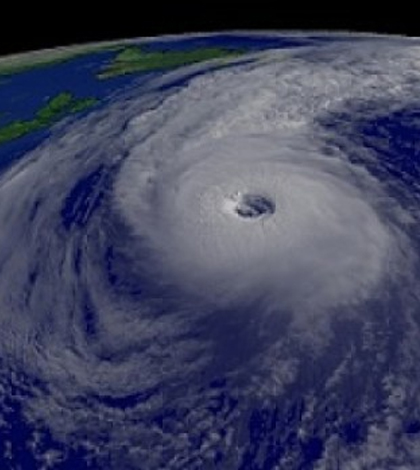Cyclone study finds complicated relationship between storm size and sea temperatures

Satellite image of a hurricane. (Credit: Stony Brook University)
The size of a cyclone is based on more than just sea surface temperatures, according to a recent press release from Stony Brook University.
Scientists generally expect higher sea surface temperatures to be associated with larger cyclones. However, Stony Brook researchers found a much stronger correlation between cyclone size and the sea surface temperature under the cyclone relative to the surrounding sea surface temperature in the same tropical zone.
The Stony Brook researchers used high resolution space-borne radar and microwave data from the Tropical Rain Forest Measuring Mission satellite of NASA and the International Best Track Archive for Climate Stewardship’s tropical storm track data to make their determinations.
While they found the relationship between storm intensity, storm size and absolute storm sea surface temperature was weak, they found the relationship between storm intensity, storm size and sea surface temperature relative to the sea surface temperature of the surrounding area to be strong.
In addition to relative sea surface temperature, scientists also have found the intensity of the storm is significantly related to cyclone size.
Top image: Satellite image of a hurricane. (Credit: Stony Brook University)





0 comments